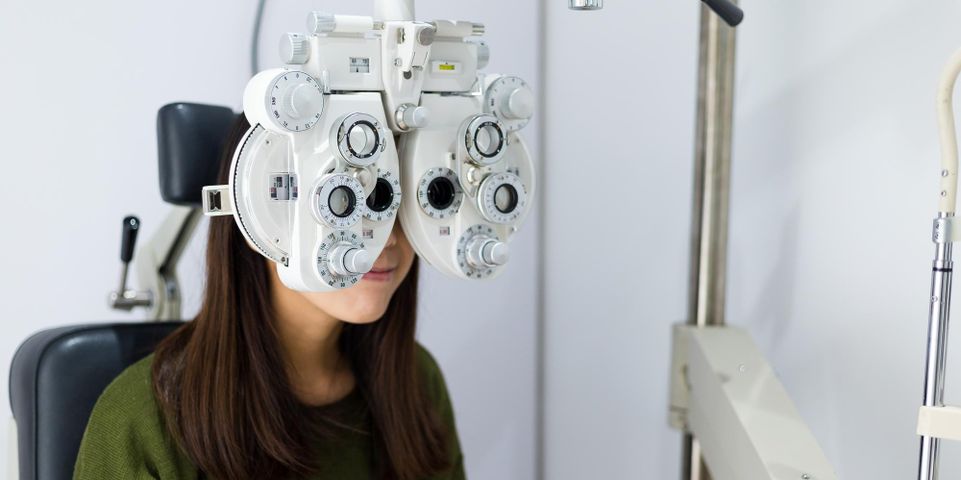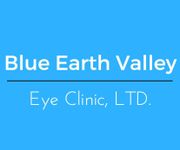How Are Vision Screenings Different Than Eye Exams?

When it comes to identifying ocular health problems, both vision screenings and eye exams can provide valuable information. But while these assessments may sound similar, they are actually quite different. To help you better understand when these evaluations are necessary—and what they can detect—here are a few key details to know about vision screenings and eye exams.
Vision Screenings Vs. Eye Exams
What Are Vision Screenings?
Vision screenings are typically performed by general physicians, schools, or other third-party health providers. These evaluations consist of simple vision tests—such as reading eye charts. Screenings are typically administered to young children to check for the possibility of vision problems and to detect eye development issues early on.
 A vision screening may reveal that a patient has trouble with sight, is color blind, or is at risk for an eye disease. However, these screenings simply suggest that a problem may be present—they do not provide a diagnosis or offer treatment. If concerns are detected during a screening, the patient should schedule a comprehensive exam with a trusted optometrist.
A vision screening may reveal that a patient has trouble with sight, is color blind, or is at risk for an eye disease. However, these screenings simply suggest that a problem may be present—they do not provide a diagnosis or offer treatment. If concerns are detected during a screening, the patient should schedule a comprehensive exam with a trusted optometrist.
What Are Eye Exams?
Eye exams are comprehensive evaluations provided under the care of a qualified vision specialist—such as an optometrist or ophthalmologist—to check for vision problems and eye disease risks.
During this appointment, the doctor will first complete a visual inspection of the eyes to see if there are any physical problems to address. Next, tests will be completed to ensure that the eyes can move and respond to stimuli properly.
To test for potential sight issues, the doctor will conduct a refractive test. In this evaluation, patients look through a specialized scope to determine how well they can see through prescription lenses of various strengths. If vision problems are present, the results of this test will determine which lenses will help provide clear sight.
Other simple tests are also performed to screen for ocular disease. For example, a tonometry test involves directing a small puff of air toward the eye to measure internal pressure and check for glaucoma. Digital photographs may also be taken to provide the optometrist with an in-depth look at the retina. This close-up view can help doctors detect retinopathy—a problem that causes damage to blood vessels in the eye.
While vision screenings can help detect ocular health issues early, every person should visit an optometrist for regular eye exams every one to two years. Fortunately, getting this assessment is easy when you’re a patient of Blue Earth Valley Clinic. Serving the Blue Earth, MN, community, this optometrist offers comprehensive examinations to diagnose vision problems, screen for ocular disease, and prescribe corrective treatments. To learn more about how this eye care clinic can help protect your sight in a comfortable and affordable fashion, visit their website. For appointments, call (507) 526-2222.
About the Business
Have a question? Ask the experts!
Send your question

